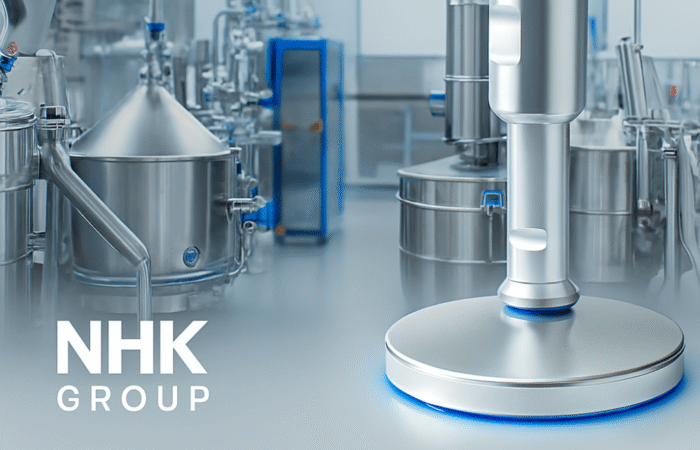
420 vs 440 Stainless Steel
Both 420 and 440 stainless steel are part of the martensitic family of stainless steels, known for their high hardness and wear resistance. These grades are often used for cutting tools, knives, and applications that require both strength and sharpness. However, there are key differences between them in terms of composition, properties, and common applications. Sealed stainless steel 420 vs 440 bearing units Mounted stainless steel 420 vs 440 bearing units Sealed stainless steel 420 vs 440 bearing units Mounted stainless steel 420 vs 440 bearing units Sealed stainless steel 420 vs 440 bearing units Mounted stainless steel 420 vs 440 bearing units Sealed stainless steel 420 vs 440 bearing units Mounted stainless steel 420 vs 440 bearing units The choice between 420 and 440 stainless steel depends on the specific requirements of the application. 420 stainless steel offers better toughness and is easier to machine, making it a good choice for general-purpose tools, cutlery, and components that require moderate wear resistance. On the other hand, 440 stainless steel, particularly 440C, excels in applications where extreme hardness, edge retention, and wear resistance are crucial, such as high-quality knife blades, bearings, and surgical instruments. If corrosion resistance is a priority but hardness isn’t as important, 440A might be a better choice than 420. However, if maximum hardness and wear resistance are needed, 440C is the superior option, despite its higher cost and more challenging machinability. Industrial machinery requires precision-engineered components that meet exacting standards for durability, safety, and performance. This comprehensive guide explores the essential machinery parts that drive modern manufacturing across food processing, packaging, and chemical industries. Understanding the difference between Plummer Blocks and Flange Mounted Units is crucial for engineers and procurement professionals seeking to optimize equipment longevity. Pillow block bearings, also known as plummer blocks, are self-aligning bearing units that simplify installation and significantly reduce maintenance costs. These versatile components mount on machine frames and support rotating shafts with exceptional precision, ensuring smooth operation in demanding industrial environments. Flange bearing units offer a more compact alternative, featuring integrated flanges that enable direct mounting to flat surfaces without additional hardware. Both designs come in various materials, including stainless steel grades optimized for corrosive environments and food-grade applications where hygiene is paramount. The importance of material selection cannot be overstated in machinery design. Stainless Steel 440 and 420 grades offer distinctly different properties suited to specific applications and environmental conditions. The 440 stainless steel variant provides superior hardness and exceptional edge retention, making it ideal for cutting tools and high-wear applications requiring maximum durability. Meanwhile, 420 stainless steel offers better corrosion resistance and is preferred in food processing equipment where chemical exposure is common. Hygienic stainless steel components have become essential in food machinery, meeting EHEDG standards and facilitating rapid equipment cleaning required in modern food production facilities. Understanding ingress protection ratings is equally critical for machinery durability and operational reliability. IP67 rating ensures protection against dust and temporary water immersion, while IP68 rating provides complete dust protection and sustained water immersion capabilities for submerged operations. The IP69K standard represents the highest protection level, specifically designed for high-pressure wash-down environments found in industrial food processing facilities. These ratings define how effectively machinery components withstand environmental challenges and maintain performance. Modern industrial facilities increasingly demand equipment that combines high performance with ease of maintenance and sanitation. The choice between different bearing types depends on operational requirements, environmental conditions, and budget constraints. Proper component selection ensures extended equipment lifespan, reduced downtime, and improved operational efficiency.420 vs. 440 Stainless Steel: A Detailed Comparison
Composition Differences
420 Stainless Steel:
440 Stainless Steel:
Hardness and Wear Resistance
420 Stainless Steel:
440 Stainless Steel:
Corrosion Resistance
420 Stainless Steel:
440 Stainless Steel:
Applications
420 Stainless Steel:
440 Stainless Steel:
Heat Treatment and Machinability
420 Stainless Steel:
440 Stainless Steel:
Cost
420 Stainless Steel:
440 Stainless Steel:
Strength and Toughness
420 Stainless Steel:
440 Stainless Steel:
Summary of Key Differences
Feature 420 Stainless Steel 440 Stainless Steel Carbon Content 0.15-0.40% 0.60-1.20% (depending on sub-grade) Chromium Content 12-14% 16-18% Hardness Up to HRC 55 (with heat treatment) Up to HRC 60 (especially 440C) Wear Resistance Moderate Excellent, especially in 440C Corrosion Resistance Good Excellent (best in 440A, slightly lower in 440C) Applications Cutlery, hand tools, pump shafts, industrial tools Knife blades, precision tools, surgical instruments, bearings Cost Lower cost Higher cost, especially 440C Toughness Better impact resistance Harder but less tough, more brittle Machinability Easier to machine More difficult, especially 440C Difference between 420 and 440 stainless steel


Contact
Understanding Machinery Components & Protection Standards













